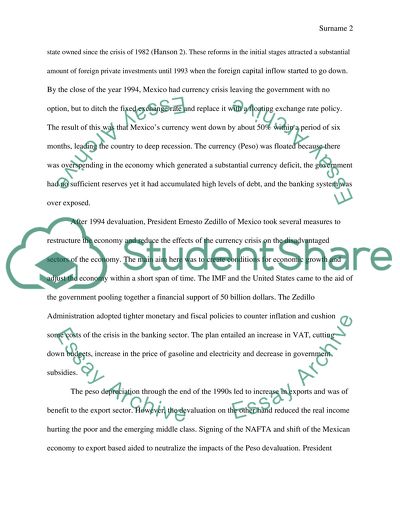Cite this document
(“Interesting Facts about Mexico Research Paper Example | Topics and Well Written Essays - 1250 words”, n.d.)
Retrieved from https://studentshare.org/macro-microeconomics/1462916-intersting-facts-about-mexico
Retrieved from https://studentshare.org/macro-microeconomics/1462916-intersting-facts-about-mexico
(Interesting Facts about Mexico Research Paper Example | Topics and Well Written Essays - 1250 Words)
https://studentshare.org/macro-microeconomics/1462916-intersting-facts-about-mexico.
https://studentshare.org/macro-microeconomics/1462916-intersting-facts-about-mexico.
“Interesting Facts about Mexico Research Paper Example | Topics and Well Written Essays - 1250 Words”, n.d. https://studentshare.org/macro-microeconomics/1462916-intersting-facts-about-mexico.


